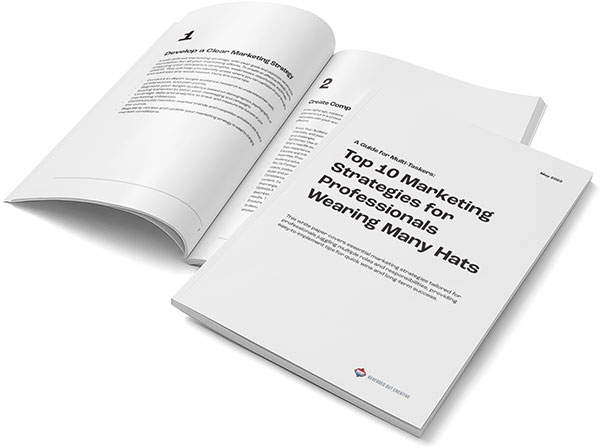
Pokemon Go – A lesson to learn by
What is the worst case scenario for a new product launch? Bad Press. What is the worst case scenario for a new application or website launch? Articles and Websites documenting your systems ongoing connection errors. Take the current situation with Pokemon Go. Since the beginning of it’s initial USA launch in July, the application has been experiencing global outages. Now, a full month into our growing collections of Pokemon, we have become used to the unreliability of the application, and ultimately the experience. Because the game is free, we put up with it. But ask yourself this, how much patience would you have if you had to pay for Go? Or as an advertiser, your promised user views go down drastically because of unreliability of the app or website? Your application or website would be a No-Go, if you don’t plan on scaling your systems properly.
The situation with Pokemon Go isn’t unusual. Basically, the Pokemon Go servers aren’t large enough to host as much traffic as they’re getting, so they crash. Users are abruptly kicked out of the game. When you are in the middle of catching a Pikachu, it might feel like the end of the world. But, what if it is your customer is trying to complete a purchase and your server stalls? From a user experience, trust and likely return to your website goes down. Let’s face it – users’ attention spans are shorter in the digital world.
Let’s compare this to your website or app. If you don’t prepare your servers with the right type of scalability, your business could deny users access and functionality much like Pokemon. Ask yourself, how scalable is your supporting network?
What is network scalability and why is it important?
Scalability is a characteristic of a website’s network system that describes its capability to perform under an expanding workload. A system that scales well will be able to function properly while it’s expanding. To a user this is seamless, and the site performance is uninterrupted. Ultimately, in the context of your website, scalability refers to the of users visiting your site at the same time (capacity) your systems can manage and still function properly. When considering scaleability for your website, there are two types of scalability to consider; Scaling up and scaling out.
Scaling Up vs. Scaling Out
Scaling up is when your system uses a single, fixed resource controller for all processing. To add additional capacity to meet demand, you attach increasingly more powerful servers to the controller, up to the maximum number the controller can support. Oh, wait that was technical. Simply put, scaling up, or scaling vertically, means to run the application on bigger computers. Whereas, scaling out is when your system manages increases the number of computers serving your app’s traffic, including controllers. “Scaling out”, or horizontally, means to run the application on more, but not necessarily more powerful computers.
When to use Up vs. Out?
Which scaling method is right for your website will depend upon several factors such as, how many users your site needs to serve simultaneously, how many database queries need to be run, and how much data that represents. Think about the Pokemon Go application launch as an example. The response was greater than expected. Users flocked to the game and suddenly the servers were at capacity and users where denied access. What the Pokemon Go case shows is how painful it can be to your users if you need to scale up quickly after launch.
For a small scale application or website, scaling up might be cheaper and faster to develop and launch. However, most large scale applications, such as Google or Amazon, use the scale out solutions in order to handle their scalability challenges. As a business, they understand their users, when peak periods of use occur and plan ahead to scale up their systems in preparation.
Initially, the Pokemon Go application was not prepared for the amount of traffic they received. Fortunately, they had the resources and cash to make adjustments quickly to resolve the system problems so as not to lose the momentum of user growth. So, if you’re expecting a large amount of traffic to your site, make sure your infrastructure is up to the challenge. Contact us here at Reversed Out when you’re ready to move forward in building your business, website, or applications.
Contact Us
At Reversed Out Creative, we understand the challenges and opportunities presented by AI disruption. Our team of experts specializes in web design, SEO, graphic design, and digital marketing services. Reach out to us through our contact form to learn more about navigating the evolving job market and embracing the potential of AI. Together, let’s shape a future that combines human ingenuity with the power of AI.
Next Article: Coworking and the Future of Advertising
©2024 Reversed Out LLC. All rights reserved. Privacy Policy.


